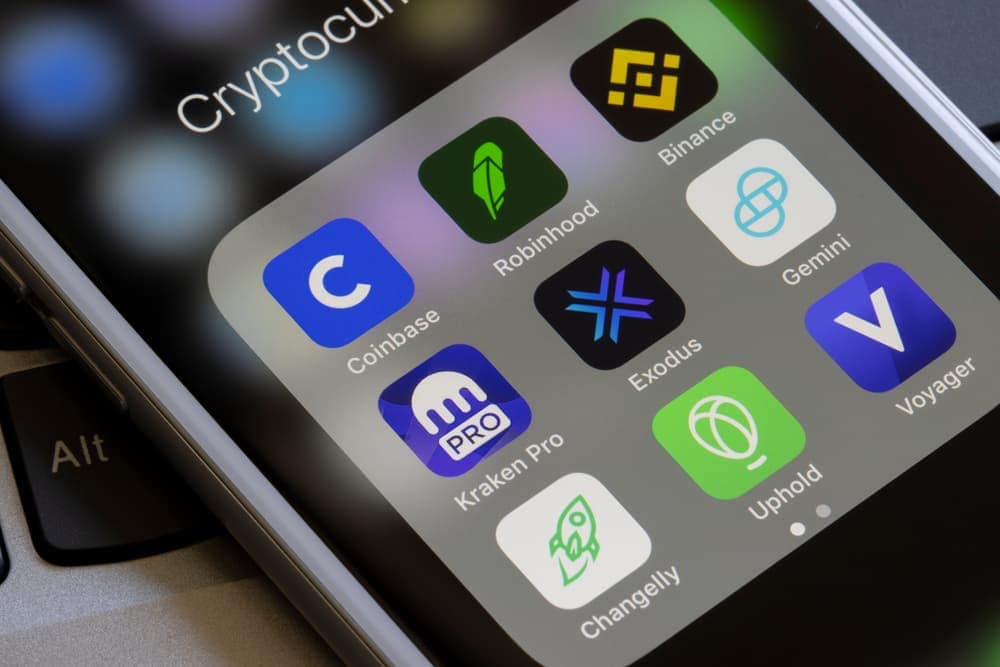In this article you will learn how to safeguard your cryptocurrency:
For crypto investors just starting out (and even those who have been investing for some time), security is a key concern.
That’s understandable, given that cybercriminals are becoming more sophisticated by the day. Here’s Binance’s guide to avoiding falling prey to crypto app scams.

As the world’s largest cryptocurrency exchange in terms of volume, Binance is well aware of the duty it has towards users.

Hannes Wessels, the Country Head of Southern Africa for Binance explains that stringent measures are taken to protect them – and their investments – against fraud; even so, there are many applications designed to mimic legitimate applications, such as Binance.
Identifying such applications is difficult, says Wessels, because to the untrained eye, there is no difference between them and authentic apps.
Every aspect, including the logo, the description of services (and the services themselves), and even the functionality and interface, has been so carefully designed that it can pass for the real thing.
“Make no mistake: cyber criminals go to great lengths to ensure this is the case. Some even repackage source code from the official application to ensure an authentic-looking replication,”
Wessels said.
So, how can you tell the difference? One of the first giveaways is the distribution of such apps. For instance, an investor wishing to download the Binance app may do so only from three sources: the Binance website, the Apple app store or Google Play.
In contrast, fake apps are disseminated through third-party or counterfeit app stores, or through social engineering via emails or SMS messages.
Unfortunately, they may also appear on official app stores, which is why it is important to take a closer look at every app before downloading.
Wessels reveals that even the most careful imitations may show a distorted icon, but there are other red flags to look out for, too. For example, a fake app often asks for many unnecessary authorisations once the app has been installed.
“Read the developer’s privacy policy first, before you download the app,” Wessels advises.
He adds that you should take time to read reviews, as an excess of positive or negative reviews alike can indicate that the app is not authentic.
The same applies to grammar mistakes, as any professional developer will have taken the time to have all copies proofread before posting app descriptions. Warning bells should also sound if there is a low number of downloads. Any widely used, legitimate app will have millions of downloads.
The Binance app has well over 50 million downloads on the Google Play store alone, for example,” Wessels says. Then again, if a large number of downloads and reviews has been recorded on an app that has a recent release date, you should be suspicious.
As Wessels says;
“A legitimate app, with a high number of reviews and downloads, will have been released several years ago.” Finally, make sure to check the app developer’s information, such as phone number, email address and website, before downloading the app.
Wessels warns that downloading fake apps could have several implications, as they often contain ad bots, hostile content (such as hate speech), ransomware or spyware. They may also place you at risk for billing fraud, or they may use your phone as part of an attack to mine cryptocurrency.
Fortunately, it is possible to safeguard yourself against threat actors. Wessels reiterates the importance of reading through the description, reviews and developer’s privacy policy with a very careful eye.
“Don’t click on any suspicious-looking links. Similarly, if you receive any unusual requests or notifications that look unofficial, ignore them.”
he says.
It’s also a good idea to deposit or withdraw only a small amount of cryptocurrency as a trial before you go on to conduct larger transactions. For extra security, activate two-factor authentication.
If you are concerned that you have inadvertently downloaded a fake application, delete it immediately. Then restart your phone and report the incident to your app store.











